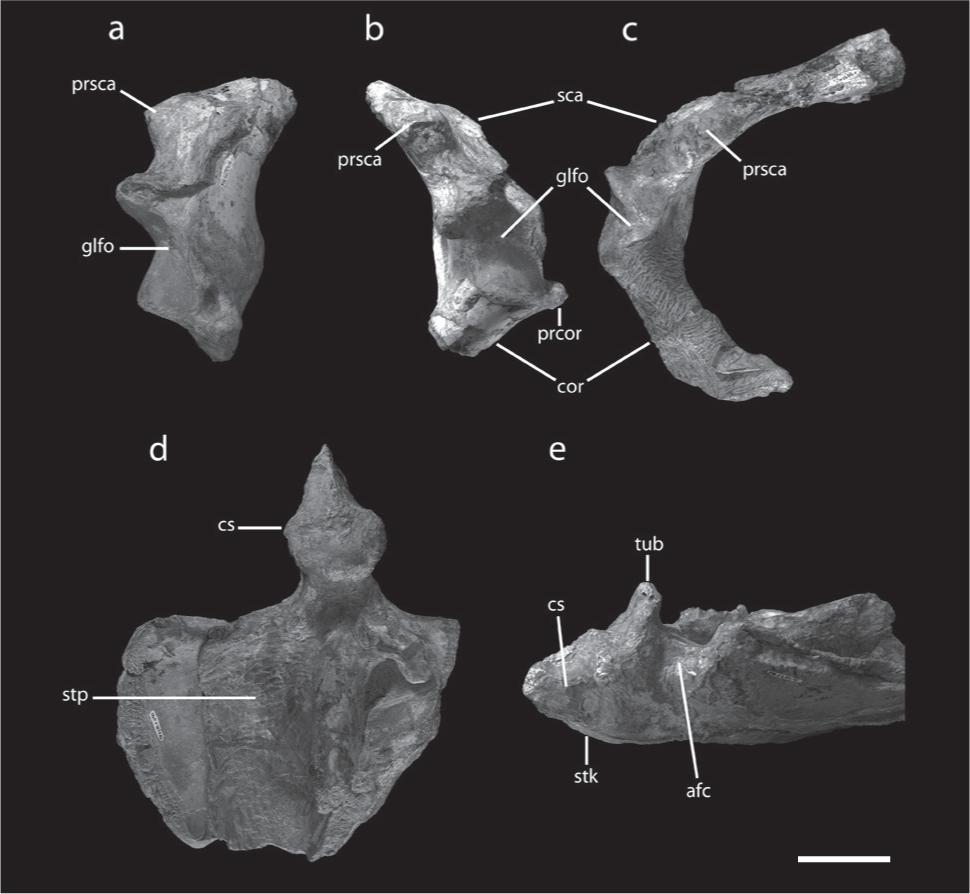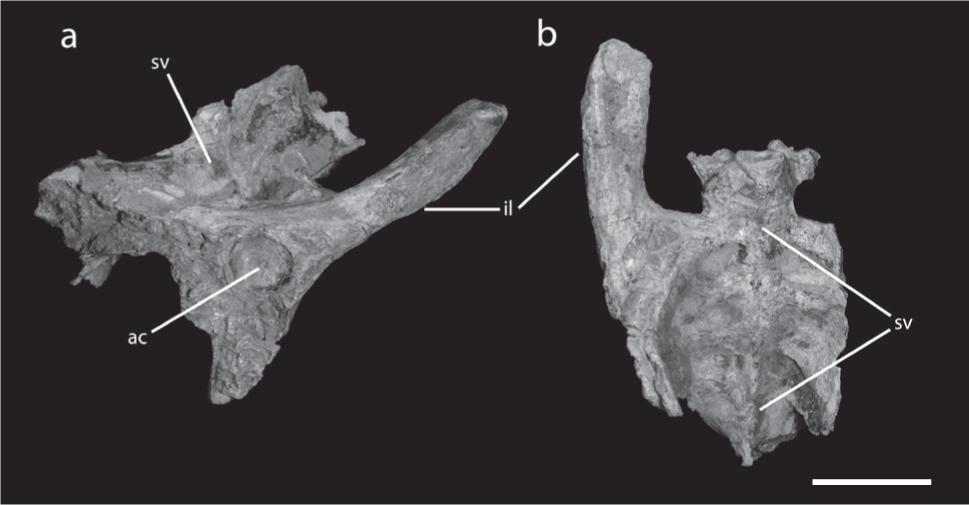A very large pterosaur (MN 6594-V) from the Romualdo Formation (Aptian/Albian), Santana Group, Araripe Basin, is described. The specimen is referred to Tropeognathus cf. T. mesembrinus mainly due to the presence of a low and blunt frontoparietal crest, the comparatively low number of teeth and the inclined dorsal part of the occipital region. Two distinct wingspan measurements for pterosaurs are introduced: the maximized wingspan (maxws), which essentially consists of doubling the addition of all wing elements and the length of the scapula or the coracoid (the smaller of the two), and the normal wingspan (nws), which applies a reducing factor (rfc) to the maximized wingspan to account for the natural flexures of the wing. The rfc suggested for pteranodontoids is 5%. In the case of MN 6594-V, the maxws and nws are 8.70 m and 8.26 m, respectively, making it the largest pterosaur recovered from Gondwana so far. The distal end of a larger humerus (MCT 1838-R) and a partial wing (MPSC R 1395) are also described showing that large to giant flying reptiles formed a significant part of the pterosaur fauna from the Romualdo Formation. Lastly, some comments on the nomenclatural stability of the Santana deposits are presented.
Pterosauria; Anhangueridae; Tropeognathus ; Cretaceous; Gondwana











